1. Vague or Lack of Property Details

Real estate listings that omit key property details should raise immediate concerns. If the listing fails to provide critical information such as square footage, the number of bedrooms and bathrooms, or the age of the property, this lack of transparency could be a sign that the seller is trying to hide something. According to Forbes, a well-rounded listing should include a comprehensive description that gives prospective buyers the full picture of what they’re considering.
Often, sellers may leave out important information to avoid scrutiny, such as a less-than-ideal layout or outdated features. The Balance suggests that a comprehensive listing should provide clear details, giving you confidence that the seller has nothing to hide. If key information is missing, be sure to ask the seller for more specifics before proceeding.
2. Price is Significantly Below Comparable Homes
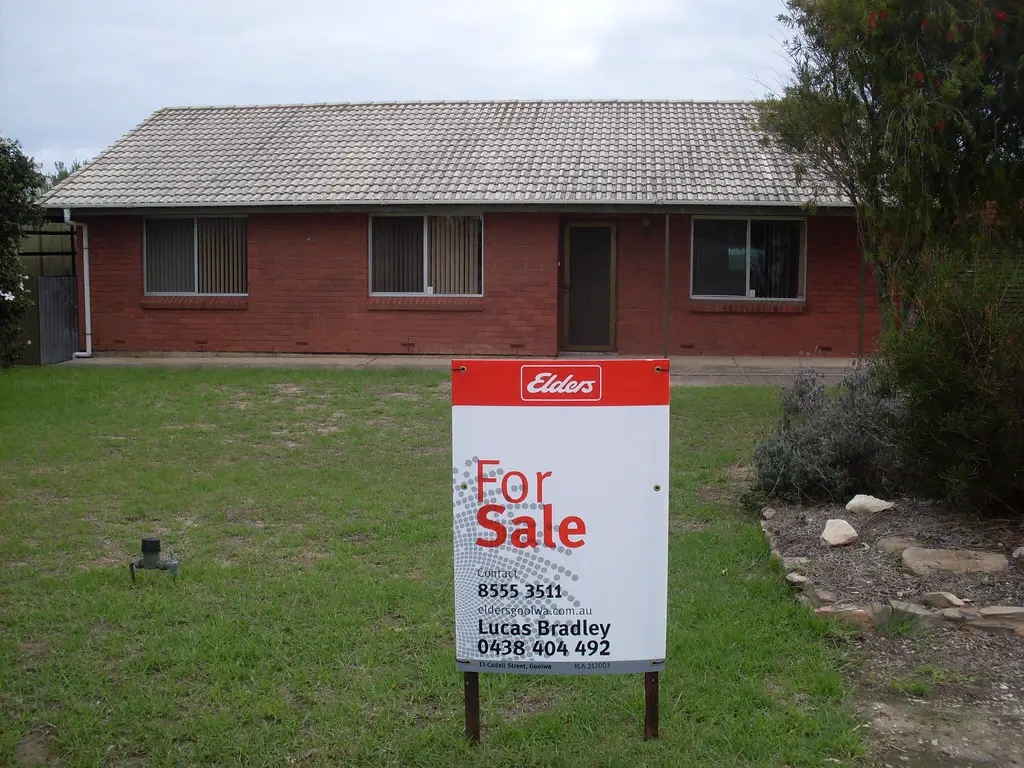
While everyone loves a good deal, a listing priced well below the average market value can be a red flag. A low price might indicate issues with the property that the seller wants to offload quickly, such as hidden damage, repairs needed, or legal complications. Realtor.com notes that properties priced too low are often discounted because of hidden defects, making it essential to investigate the reasons behind the price drop.
Before jumping on a deal that seems too good to be true, it’s essential to compare the listing with similar homes in the area. A professional appraisal can help determine whether the price is indeed fair or if there’s an underlying issue causing the property to be undervalued. According to The Spruce, the most important thing for any buyer is to ask themselves why the home is priced lower than others in the neighborhood and if there’s more to the story.
3. Frequent Price Drops

When a home’s price is repeatedly dropped in a short period, it’s a sign that something may be wrong with the property or its marketability. A listing that has undergone multiple price reductions could indicate that the property has been on the market for longer than expected, with potential buyers finding problems once they see the home. According to Zillow, frequent price changes can signal that the seller is either overpricing initially or has received negative feedback from other buyers, causing them to adjust the price.
Before moving forward, investigate the reasons for the price drops. Have inspections been completed, and were they revealing issues with the property? A listing with continual price reductions could be a signal to proceed with caution or to dig deeper into the property’s condition. Redfin suggests that sellers often drop prices to make their homes more competitive in a crowded market, but it’s important to understand if the issue is with the home itself.
4. Pictures Are Low-Quality or Limited
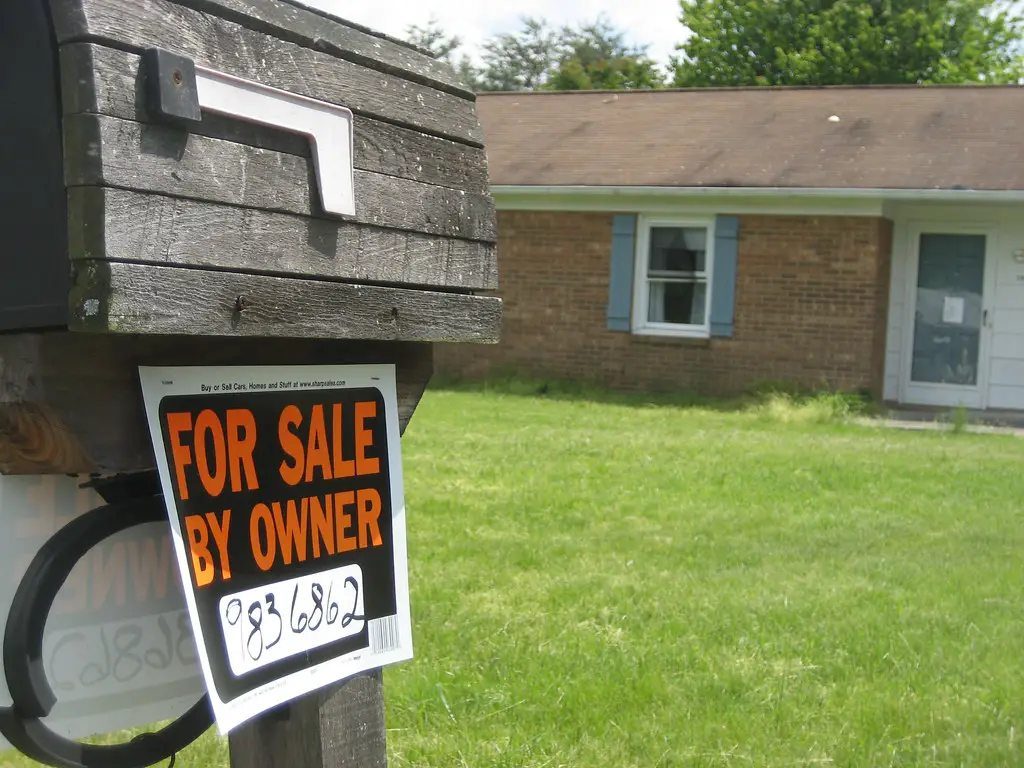
Real estate listings without high-quality, well-lit photos should be treated with caution. If the photos are blurry, poorly lit, or don’t provide a clear picture of the home’s features, it’s possible that the seller is attempting to hide flaws or areas that could detract from the property’s appeal. Forbes explains that listings with professional-grade photos attract more attention, suggesting that homes presented in the best light often have fewer issues to hide.
Professional-quality photos are an essential part of a listing because they give potential buyers a true sense of the space. If you notice that the listing only includes a few pictures or avoids showing certain rooms, be sure to ask for more detailed images. The Balance recommends asking the seller to provide additional photos or a virtual tour if you feel like the listing doesn’t offer enough visual detail.
5. The Property Has Been on the Market for a Long Time
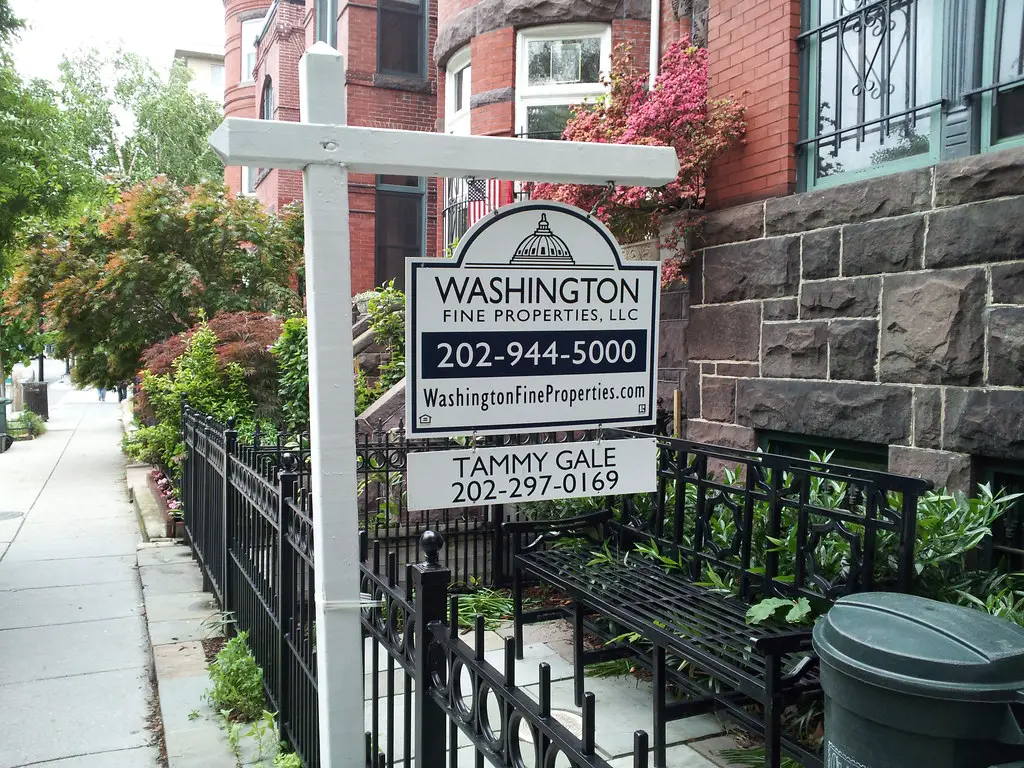
Homes that have been listed for an extended period, especially if they’ve been relisted several times, could indicate that there are underlying issues with the property. Sellers may find it difficult to attract buyers due to these issues, whether they’re related to the home’s condition, location, or price.
If a home has sat on the market for several months without selling, it’s essential to investigate why it hasn’t attracted offers. Is the property overpriced, or does it have problems that buyers are avoiding? The longer a property lingers on the market, the more important it becomes to ask the right questions and dig deeper into its history.
6. Limited or No Disclosure of Property History

A lack of information about the property’s history could be a warning sign. In most cases, sellers are required to disclose any major issues that have occurred, such as previous flooding, fire damage, or major renovations. If the listing doesn’t provide this information or seems to gloss over the home’s history, you may want to ask for more details.
An incomplete or vague disclosure could indicate that there’s something about the property’s past that the seller is trying to keep quiet. In some cases, buyers might be left to deal with unforeseen issues after closing, such as mold growth or structural repairs. Always request a full disclosure to ensure that you’re aware of any potential problems.
7. Overly Aggressive or Pushy Sellers

Sellers who push too hard for you to make an offer or try to rush the buying process can be a red flag. While sellers are naturally eager to sell their property, an overly aggressive approach might indicate that the home has lingering issues that they’re trying to avoid discussing.
If a seller is pressuring you to make a quick decision without giving you the opportunity to thoroughly inspect the property, take a step back. It’s important to take your time and ensure that you’re making an informed decision. A reputable seller will be willing to let you take the necessary steps to evaluate the home properly.
8. Unusual or Questionable Location

If the property is situated in an area with high crime rates, frequent flooding, or known environmental hazards, this could be a dealbreaker. A low-priced home might seem tempting in a neighborhood with fewer amenities or safety concerns, but you’ll likely face long-term challenges when it comes to resale value or quality of life.
Before moving forward with a purchase, thoroughly research the location of the property. Investigate crime rates, environmental concerns, and local amenities to ensure that the area is a good fit for your lifestyle. If you have reservations about the location, it might be worth looking for homes in other areas.
9. Unresolved Legal Issues or Liens

One of the most concerning red flags is a property with unresolved legal issues or liens. These could stem from unpaid taxes, unresolved disputes with previous owners, or issues related to the title of the property. Properties with legal issues are often sold at a discounted price, but dealing with these problems can take months or even years to resolve.
Make sure to conduct a title search before proceeding with a purchase. A real estate attorney or title company can help identify any liens or legal claims on the property. If there are outstanding issues, it’s important to weigh the cost and time involved in resolving them before moving forward with the purchase.
10. Unusual Smells or Dampness

If you notice unusual smells, mustiness, or dampness during a property viewing, these could be signs of underlying issues like water damage, mold, or plumbing problems. These issues might not be immediately visible but can be costly to repair in the future.
Even if the seller claims the smell is from a temporary issue, it’s important to investigate further. Mold and water damage can lead to significant health concerns and costly repairs. Always ask for a professional inspection if you notice any unpleasant odors or dampness during your visit.
11. Previous Attempts to Sell

If a property has been on and off the market multiple times over the past few years, this could be a sign that the property has issues that make it difficult to sell. Frequent relisting may indicate that previous buyers walked away due to unforeseen issues or that the home has been difficult to market for other reasons.
Before making an offer, ask about the history of the property’s sales attempts. You’ll want to know if the home has been pulled off the market before or had deals fall through. This history can provide insight into why the property hasn’t been sold yet and whether it might have any lingering problems that need to be addressed.
12. Too Many Unfinished or DIY Renovations

While some buyers may appreciate a fixer-upper, too many unfinished or poorly executed renovations could indicate that the property hasn’t been properly maintained. DIY projects that are incomplete or poorly done can also result in costly repairs down the line.
Before committing to a home with extensive renovations, ask for the details of any major work done on the property. Have the projects been professionally completed, or are they the result of unqualified contractors or DIY enthusiasts? Incomplete projects or poor workmanship could cause significant issues for you in the future.
13. Lack of Professional Home Inspection Reports

If the seller doesn’t offer a recent professional home inspection report, it’s a red flag. A well-maintained property will typically come with an up-to-date inspection that gives potential buyers peace of mind. Without one, you could be walking into a situation where hidden issues may not be identified until after the purchase.
Requesting an independent home inspection is always a good idea, even if the seller claims that the property is in great condition. An inspector can uncover problems like faulty wiring, plumbing issues, or structural concerns that could cost you thousands to repair. Never skip the inspection, and always ask for documentation regarding any previous inspections or repairs.
14. The Seller Won’t Let You See the Property

If the seller refuses to let you see the property, it’s a major red flag. There could be several reasons for this, including legal or structural issues with the property that the seller wants to avoid disclosing. A seller unwilling to allow you to tour the home in person should make you cautious about moving forward.
Always insist on seeing the property before making any decisions. If the seller is uncooperative or resistant to scheduling a viewing, it could be a sign that they’re hiding something that could impact your decision.
15. No Flexibility in Negotiations

A seller who is unwilling to negotiate on price or terms should raise suspicion. While it’s normal for sellers to hold firm on their price, an inflexible approach might signal that they’re trying to push the property off their hands without giving you the chance to negotiate for fair terms.
Before finalizing the deal, try negotiating with the seller. If they’re unwilling to budge on price, closing costs, or other aspects of the sale, it may indicate that there are issues with the property that they want to avoid discussing.
16. Excessive Homeowners Association (HOA) Fees

A property with an unusually high HOA fee can be a red flag for buyers. While some fees are reasonable and cover amenities like landscaping, security, or shared facilities, excessive costs might signal financial mismanagement or hidden community problems. According to Investopedia, buyers should always review HOA budgets and meeting minutes to understand how funds are being used. High fees without clear benefits can make the property less affordable over time.
In addition, high HOA fees can impact resale value since future buyers may also balk at the extra expense. A neighborhood struggling with poor management or unresolved legal disputes may increase fees further in the future. Before making an offer, it’s wise to ask for the HOA’s financial records and any history of fee hikes. Transparency here is key to avoiding ongoing financial headaches.
17. Strange or Inconsistent Floor Plans

A home with a confusing or poorly designed floor plan could be a sign of unpermitted renovations or rushed construction. Rooms that don’t flow logically, awkwardly placed doors, or inconsistent ceiling heights often indicate structural changes that weren’t professionally executed. Realtor.com notes that unconventional layouts can also make it harder to sell the property in the future, even if you’re willing to live with them now. Functionality should always be a priority when assessing a home.
Inconsistencies in the layout may also suggest that portions of the home were added without the proper permits. These kinds of modifications can cause legal issues, complicate insurance coverage, or require costly future corrections. A professional inspection can help reveal whether changes were up to code. Always question unusual floor plans before committing to a purchase.
18. Overstaged or Overly Edited Listing Photos
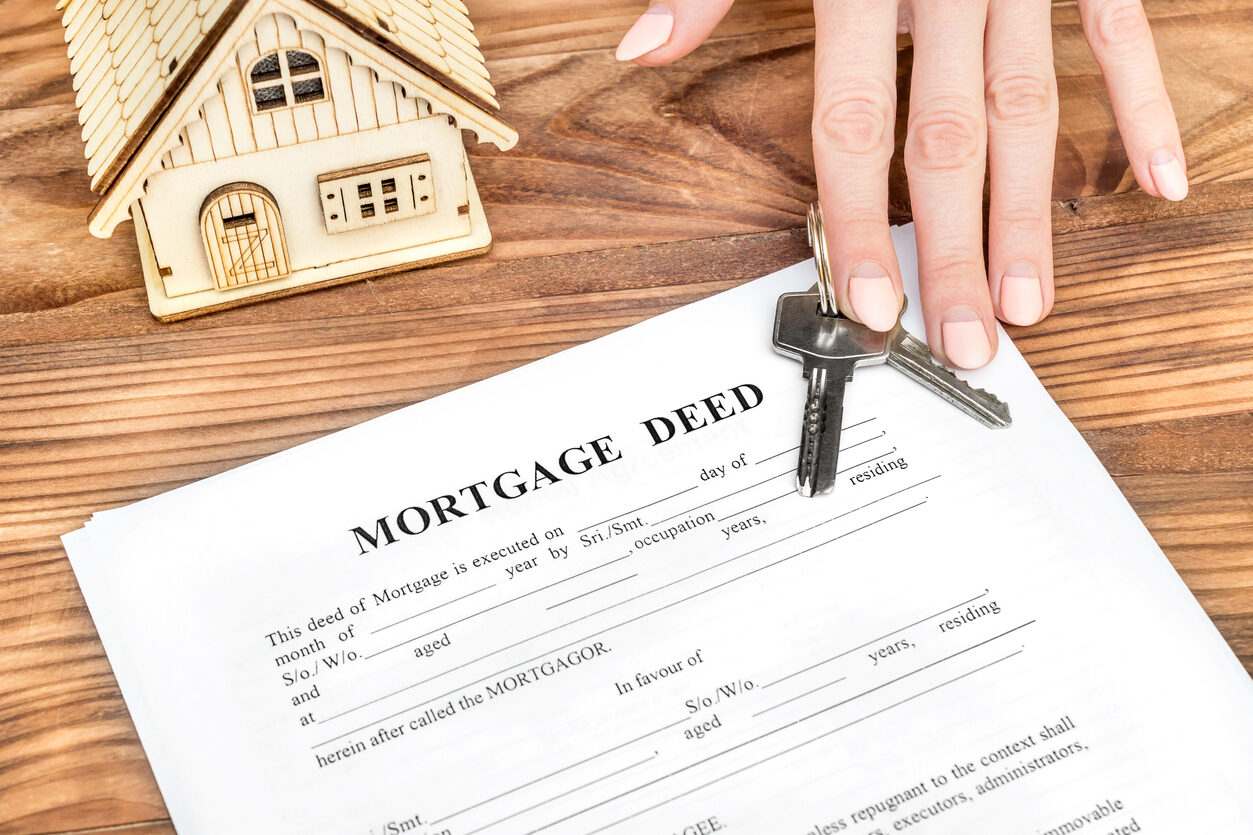
While staging helps buyers imagine themselves in a home, overly polished photos can be misleading. If a property looks drastically better online than in person, it may have been edited to hide flaws like cracks, stains, or damage. According to The Spruce, some sellers may use heavy filters, wide-angle lenses, or even digital enhancements to create an unrealistic impression. This can set buyers up for disappointment during viewings.
Be cautious if every image in a listing feels “too perfect” or doesn’t seem to match the property when you see it in person. Buyers should look for transparency and authenticity in photos, not just aesthetic appeal. Requesting a live video walkthrough or virtual tour can help verify what’s actually there. If the home looks drastically different in person, consider it a major red flag.
19. Overly Descriptive Language Without Substance

A listing full of flowery language but lacking actual details is often a warning sign. Terms like “charming,” “cozy,” or “unique” might sound appealing but don’t give buyers tangible information about the home’s condition or features. As Realtor.com suggests, vague descriptions are often used to gloss over flaws or distract from missing details. If the listing relies more on adjectives than facts, it’s worth investigating further.
Substance should always outweigh style in a listing. Without concrete information like square footage, appliance age, or renovation details, buyers risk walking into hidden issues. If you notice exaggerated descriptions without factual support, request additional information or be prepared to move on. Sellers who are confident in their home’s quality won’t need to overcompensate with vague wording.
20. Major Systems Not Recently Updated
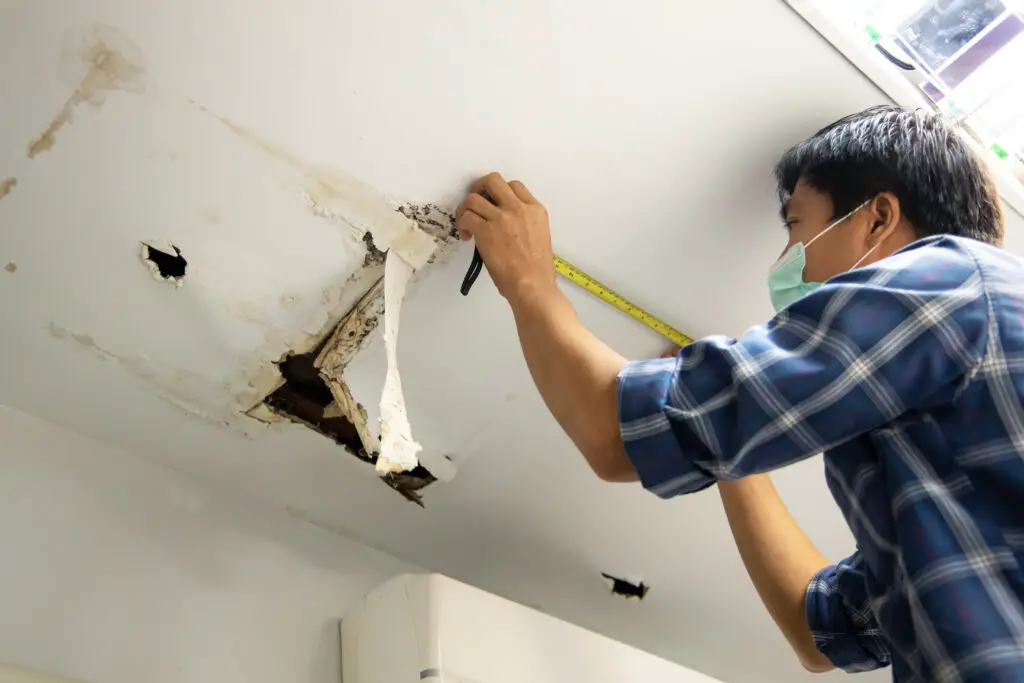
If the listing makes no mention of updates to critical systems like the roof, HVAC, plumbing, or electrical work, this should raise concern. These components are expensive to repair or replace, and an outdated system can lead to costly maintenance soon after purchase. According to U.S. News & World Report, buyers should always ask when major systems were last updated. Neglect in these areas may indicate deferred maintenance overall.
A property that has not had these systems serviced or replaced in decades is likely to present problems quickly. Even if the home appears cosmetically updated, underlying systems may still be in poor condition. Always request documentation of service records and upgrades before committing. A lack of updates can significantly reduce the value of the investment.
21. Inconsistent or Missing Tax Records

If property tax records don’t align with the listing details, it could be a sign of trouble. Sometimes, tax records may reveal a lower square footage than what’s advertised, raising questions about unpermitted additions or errors in the listing. According to Investopedia, discrepancies in property records can lead to disputes or financial surprises later. This is especially concerning if the home has undergone major renovations.
Buyers should always verify the tax records with local authorities to ensure accuracy. If information is missing or inconsistent, it may also affect your mortgage approval process. Sellers who cannot explain discrepancies may be withholding important details. Always ensure the official records match the advertised details before moving forward.
22. Poor Curb Appeal or Neglected Exterior

First impressions matter, and a home with an unkempt yard, peeling paint, or obvious exterior damage is often a sign of deeper neglect. If the seller hasn’t taken care of visible issues outside, it’s likely that less noticeable interior maintenance has also been ignored. According to Better Homes & Gardens, poor curb appeal often signals a lack of investment in upkeep. What you see outside may reflect what’s hidden inside.
Exterior neglect can also lead to structural problems like foundation issues or water damage. Overgrown landscaping may cause pest problems, while peeling paint could signal moisture or aging materials. Always look beyond cosmetic flaws to consider what neglect might mean for long-term maintenance. A neglected exterior is rarely just about looks—it’s often a warning.
23. Lack of Clear Title or Ownership Issues

If the seller cannot provide clear proof of ownership, that’s one of the most serious red flags a buyer can encounter. Problems with the deed, unclear inheritance situations, or disputed ownership can make finalizing a sale nearly impossible. According to The Balance, title issues are a common reason for delayed or failed real estate transactions. Without a clear title, you risk losing both time and money.
Title searches are essential to confirm legal ownership and reveal any claims against the property. A reputable real estate attorney or title company can assist in identifying these issues before closing. If the seller hesitates to provide documentation or proof of a clean title, proceed with extreme caution. Without clear ownership, the property simply isn’t worth the risk.
